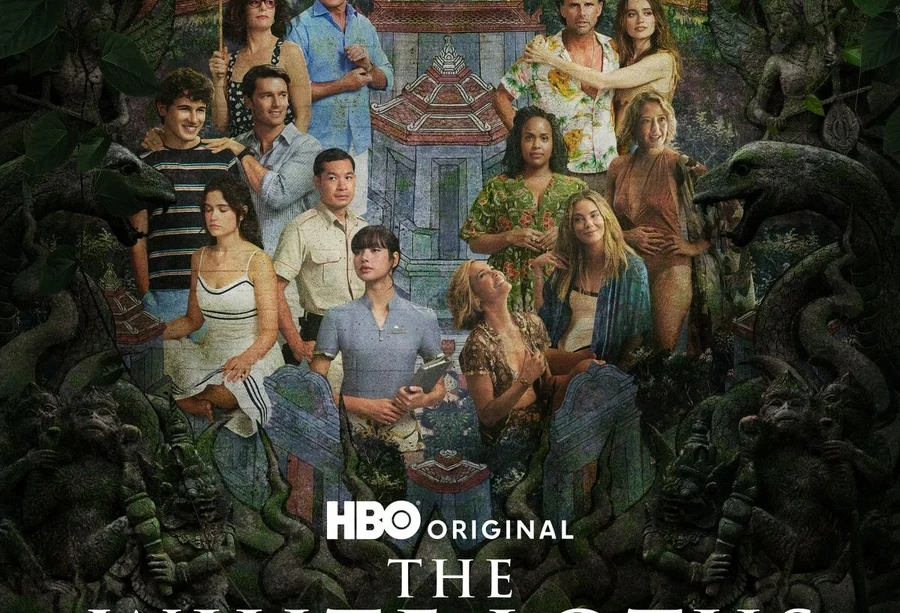The Cultural Impact of The White Lotus Series

Introduction
The White Lotus, a satirical drama series created by Mike White, has captivated audiences since its debut on HBO in July 2021. With its unique blend of dark comedy and social commentary, the show critically examines themes of privilege, wealth, and the complex dynamics of the human experience. Its popularity not only showcases an audience’s affinity for layered storytelling but also reflects the ongoing conversation surrounding socioeconomic divides and cultural representation in contemporary media.
The Show’s Premise
The series is set in a luxurious Hawaiian resort, following the lives of wealthy guests and the hotel staff who serve them. Each episode peels back the layers of interpersonal relationships, exposing the characters’ flaws and insecurities while providing a poignant critique of affluence and entitlement. The show’s ability to intertwine humor with serious themes of class disparity makes it a compelling watch.
A Growing Audience and Critical Acclaim
The White Lotus has not only gained a substantial viewer base but has also received widespread acclaim from critics and audiences alike. Its first season garnered multiple awards, including the Primetime Emmy Award for Outstanding Limited or Anthology Series. The second season, which shifted its setting to Italy, continued to explore new narratives while building on the themes established in the first. This series demonstrates how a careful blend of character-driven storylines and societal criticism resonates within the current cultural landscape.
Significance and Cultural Reflection
In addition to its entertainment value, The White Lotus serves as a mirror reflecting contemporary societal issues. It portrays the complexities of privilege, the impact of tourism on local cultures, and the often unacknowledged struggles faced by service industry workers. These topics spark discussions among viewers, drawing attention to real-world issues that persist in both affluent and marginalized communities. The show encourages audiences to reflect on their own values and behaviours regarding wealth and privilege.
Conclusion
The White Lotus has cemented its status as a significant cultural artefact in modern television. As filmmakers and creators continue to navigate the challenges of representation and storytelling in a diverse world, shows like The White Lotus remind us of the importance of understanding the human condition through various lenses. As we move towards a future increasingly focused on social matters, the impact of The White Lotus underscores the potential for entertainment to foster meaningful conversations, encourage empathy, and inspire change.









